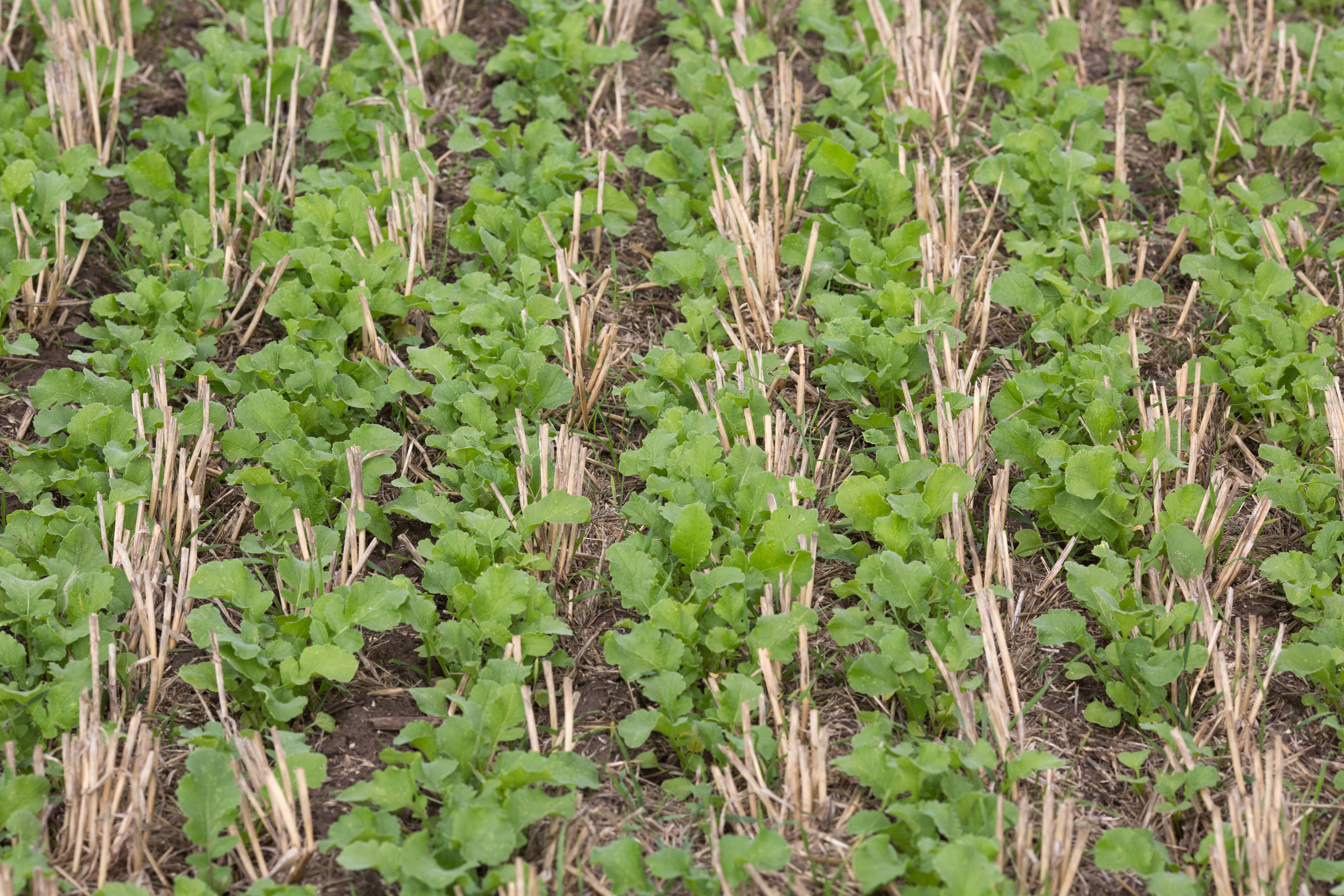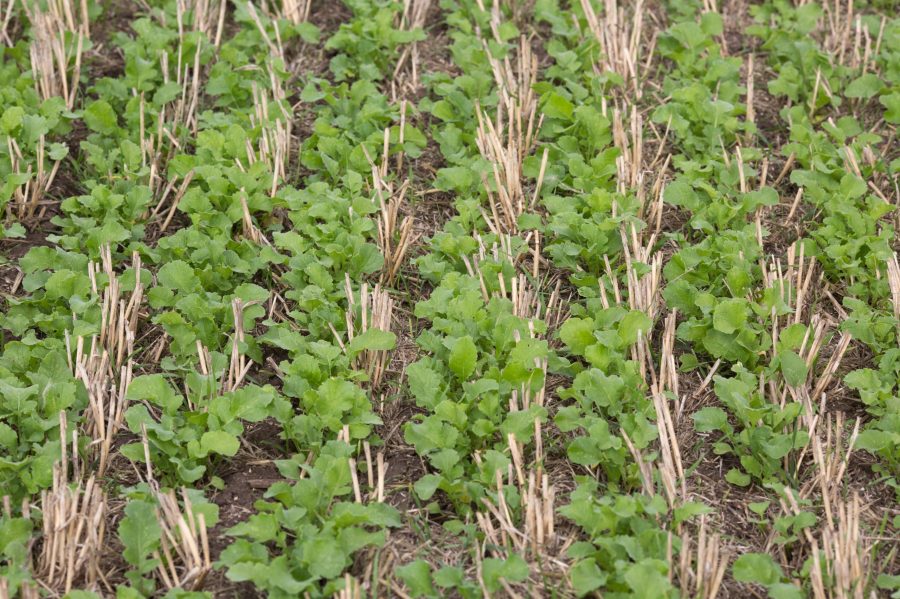 Cover crop strategies – designed to protect margins, capitalise on farm payments and maximise environmental benefits – are essential, according to AHDB-funded research. Charlotte Cunningham reports.
Cover crop strategies – designed to protect margins, capitalise on farm payments and maximise environmental benefits – are essential, according to AHDB-funded research. Charlotte Cunningham reports.
The ADAS-led research highlighted the short-term gross margin effects of including cover crops in the rotation.
Cover crops were associated with an average gross margin loss of £150/ha across two consecutive arable cash crops.
The work also identified ways to strengthen cover and cash crop performance in the first few years, which will help farmers develop successful long-term rotational strategies.
The research follows an AHDB-funded review of cover crops that identified the requirement for long-term cover crop experiments, based on common treatments and assessments.
The ‘Maxi cover crop’ project used three replicated, large-plot field experiments and four tramline trials on commercial farms across England (various soil types) to investigate seven cover crop species – as straights and mixtures – and an untreated control (weedy stubble). The work included assessments of soil properties, cover crop rooting and the performance of two subsequent cash crops (a spring crop, followed by a winter crop).
Maximising benefits
The researchers confirmed that early establishment (before September) is important to maximise the benefits of cover crops, particularly to ensure good cover and nutrient recovery.
Radish, buckwheat and a radish/buckwheat/phacelia mix were quickest to establish. Rye produced the greatest amount of root material, followed by phacelia.
On average, cover crops took up between 30 and 50kg N/ha. Highest N recovery was associated with species that fix additional N (vetch and clover) or produce strong early season biomass (radish, phacelia and rye). However, the research found no link between cover crop N uptake and the N uptake in a following spring barley crop or soil at harvest.
The use of a straight cereal cover crop (particularly rye, but also oats) had a clear negative effect on the establishment, rooting and grain yield of a following spring cereal cash crop. However, oat-based (55% and 83% spring oats) cover crop mixes were not associated with a cash-crop yield loss in the replicated experiments.
Reduction in margin
Based on cumulative (two-year) margin calculations for the seven sites (20 comparisons), compared with no cover crop, a reduction in margin was associated with cover crops in most (95%) situations. This was due to the absence of sufficient yield benefit in the cash crops to compensate for the costs associated with establishing the cover crop. The average loss was -£150/ha, with a range of +£64/ha (oil radish, clay loam) to -£476/ha (two species mix, clay).
The greatest losses were associated with poor establishment conditions for the following cash crop, which tended to be on heavy-textured soils. On such soils, late cover crop destruction (late March/early April) and incorporation of high cover crop biomass (less than one week prior to drilling the cash crop) were most frequently associated with poor seedbed conditions.
Further investigation
Amanda Bennett, who managed the project at AHDB, said: “Cover cropping is a vast topic. Although we have advanced understanding in recent years, there is still so much to learn. Whether it’s the fate of nitrogen, the best ratio of cereal to non-cereal species in a mix, to the best establishment and destruction methods, further investigation is required.
“The short-term gross margin results need careful interpretation. In many situations, cover crops deliver hard-to-quantify rotational and environmental benefits. For example, there’s clear evidence of the positive role cover crops make in reducing nutrient losses to water. It’s critical not to overlook these benefits, as they can tip the balance in favour of cover crop adoption.”
AHDB plans to update its cover crop guidance later this year. Cover crop trials also feature at AHDB Strategic Cereal Farm East. For the latest information on AHDB’s cover crop investment, visit ahdb.org.uk/cover-crops




